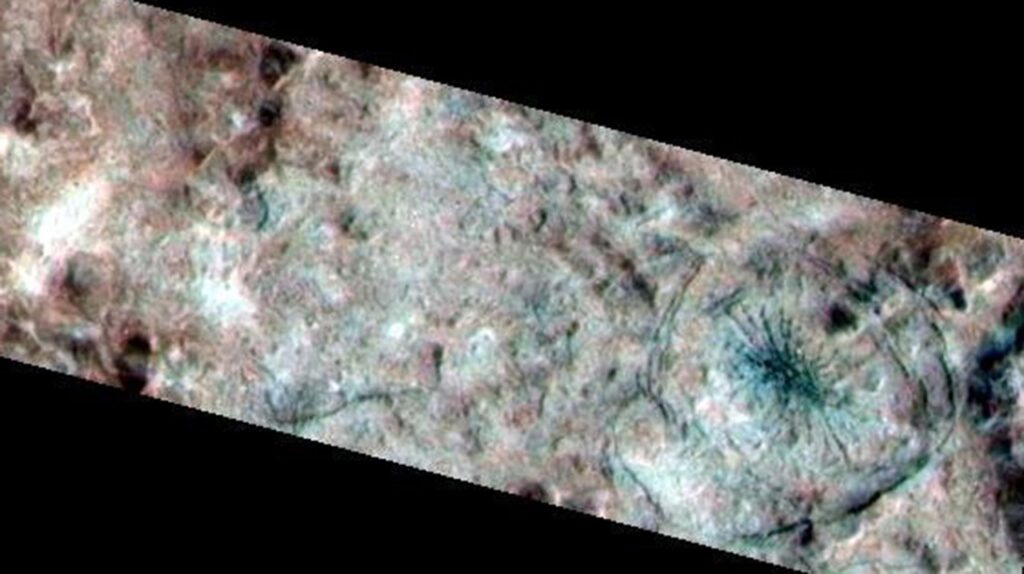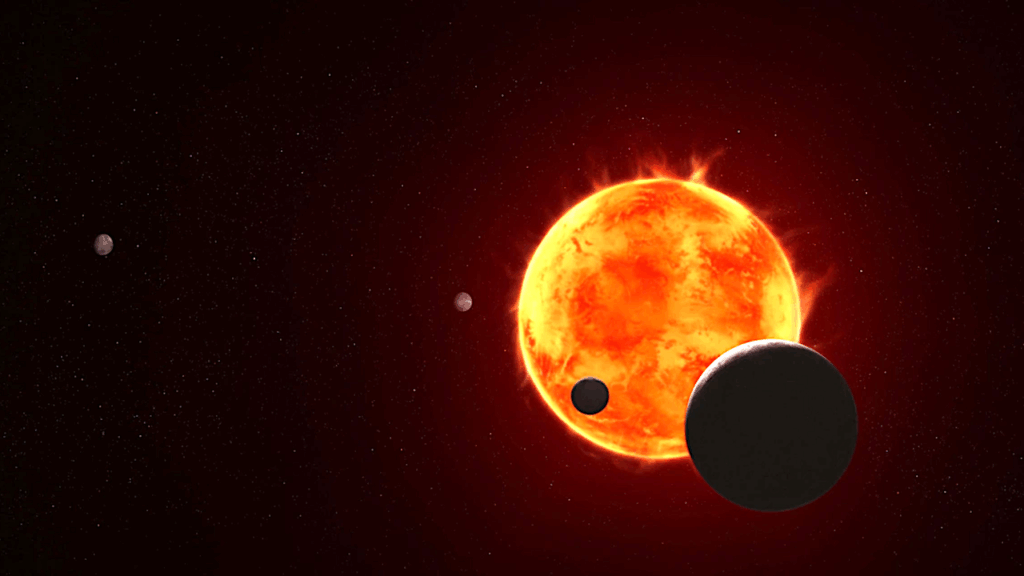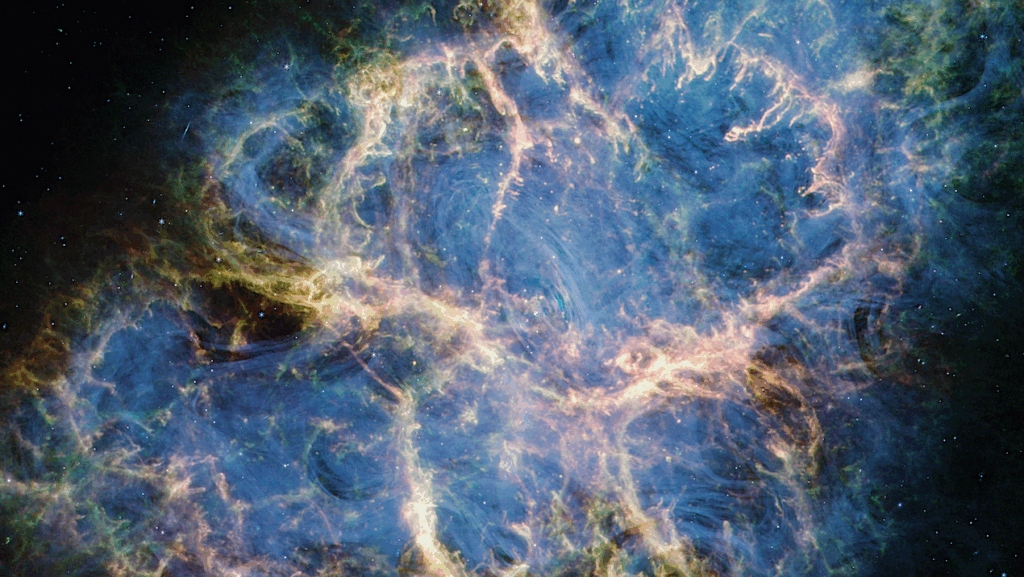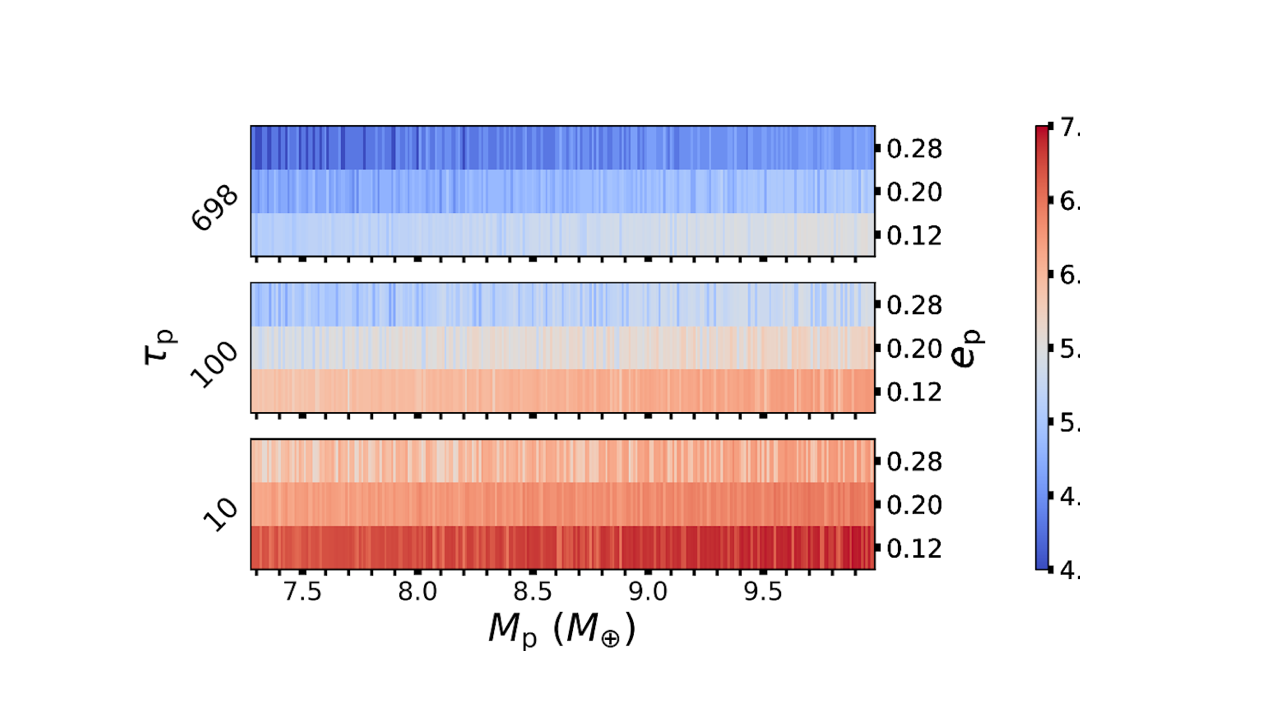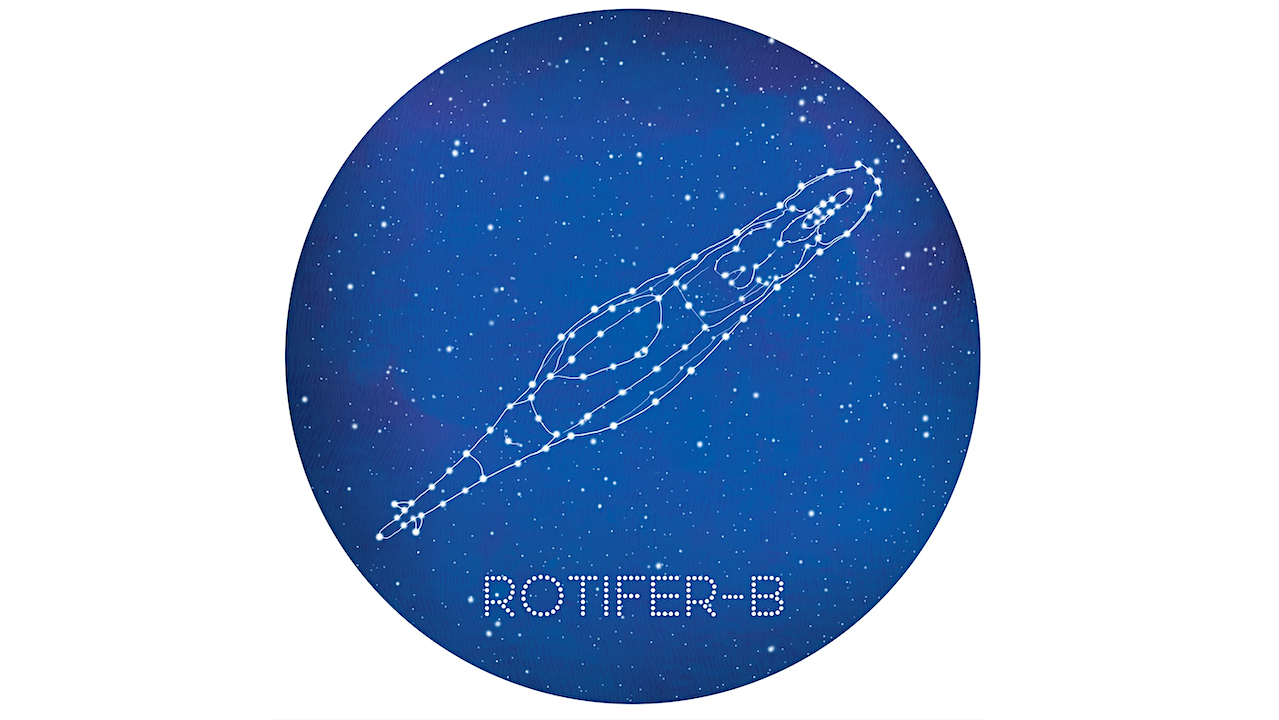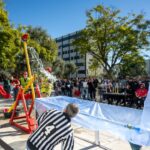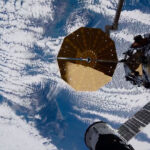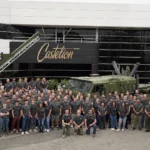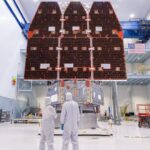Now Reading: The Model Is The Message: Lightweight Convolutional Autoencoders Applied To Noisy Imaging Data For Planetary Science And Astrobiology
-
01
The Model Is The Message: Lightweight Convolutional Autoencoders Applied To Noisy Imaging Data For Planetary Science And Astrobiology
The Model Is The Message: Lightweight Convolutional Autoencoders Applied To Noisy Imaging Data For Planetary Science And Astrobiology
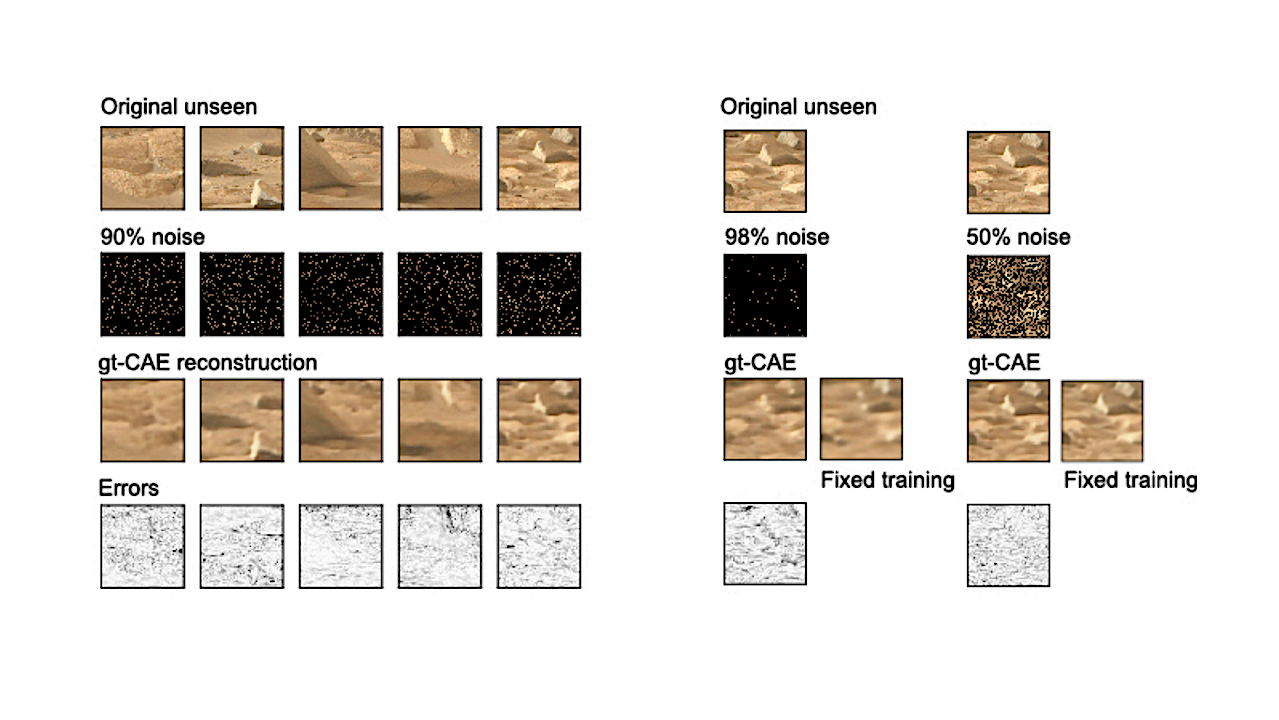
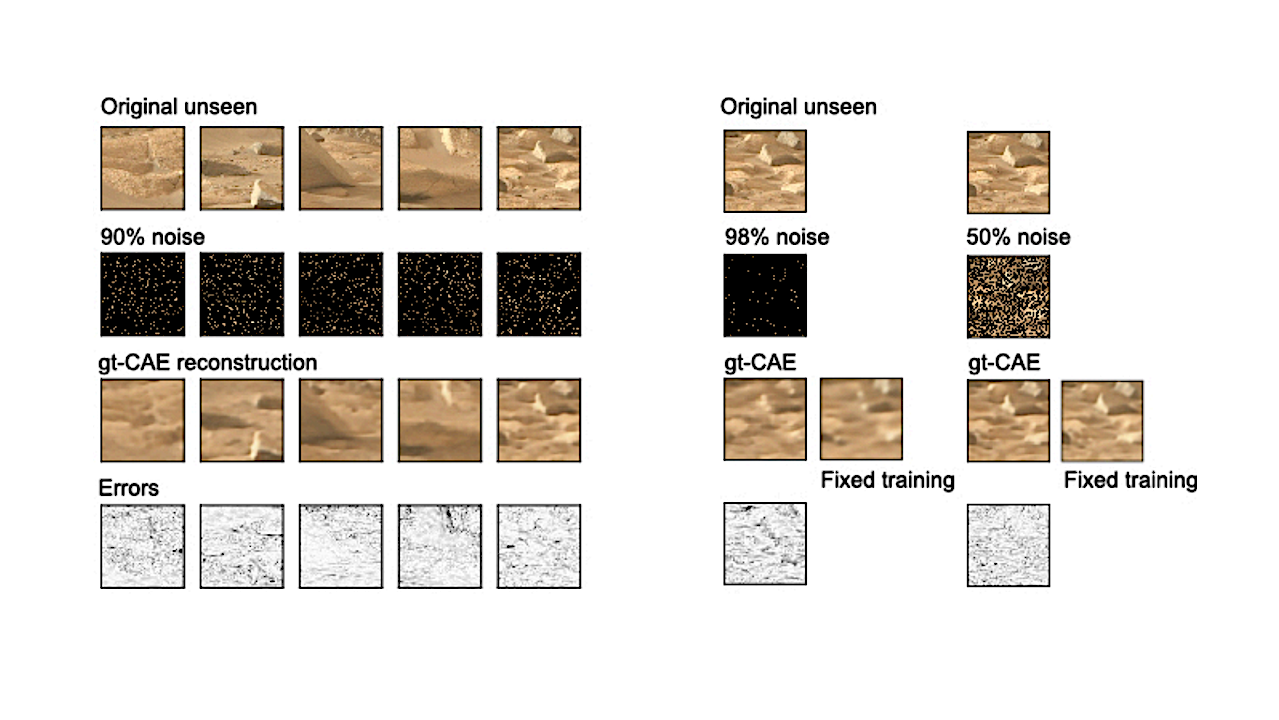
Examples of gt-CAE reconstructions and cross-comparison with fixed noise level trained CAEs. Left: Results on attempted reconstructions of 5 unseen/validation subimages (originals at top) given as inputs to gt-CAE with 90% areal coverage destructive noise applied. Third row shows gt-CAE reconstructions, bottom row shows error maps calculated as previously. Right: gt-CAE reconstructions of unseen subimages with 98% and 50% noise applied, together with comparison to fixed noise level CAE results for training on 98% and 50% noise. — astro-ph.EP
The application of convolutional autoencoder deep learning to imaging data for planetary science and astrobiological use is briefly reviewed and explored with a focus on the need to understand algorithmic rationale, process, and results when machine learning is utilized.
Successful autoencoders train to build a model that captures the features of data in a dimensionally reduced form (the latent representation) that can then be used to recreate the original input.
One application is the reconstruction of incomplete or noisy data. Here a baseline, lightweight convolutional autoencoder is used to examine the utility for planetary image reconstruction or inpainting in situations where there is destructive random noise (i.e., either luminance noise with zero returned data in some image pixels, or color noise with random additive levels across pixel channels).
It is shown that, in certain use cases, multi-color image reconstruction can be usefully applied even with extensive random destructive noise with 90% areal coverage and higher.
This capability is discussed in the context of intentional masking to reduce data bandwidth, or situations with low-illumination levels and other factors that obscure image data (e.g., sensor degradation or atmospheric conditions). It is further suggested that for some scientific use cases the model latent space and representations have more utility than large raw imaging datasets.
Caleb Scharf
Comments: 28 pages, 8 figures, accepted for publication in Icarus
Subjects: Earth and Planetary Astrophysics (astro-ph.EP); Instrumentation and Methods for Astrophysics (astro-ph.IM)
Cite as: arXiv:2507.11400 [astro-ph.EP] (or arXiv:2507.11400v1 [astro-ph.EP] for this version)
https://doi.org/10.48550/arXiv.2507.11400
Focus to learn more
Submission history
From: Caleb A. Scharf
[v1] Tue, 15 Jul 2025 15:11:15 UTC (5,483 KB)
https://arxiv.org/abs/2507.11400
Astrobiology, AI,
Stay Informed With the Latest & Most Important News
Previous Post
Next Post
-
 012024 in Review: Highlights from NASA in Silicon Valley
012024 in Review: Highlights from NASA in Silicon Valley -
 02Panasonic Leica Summilux DG 15mm f/1.7 ASPH review
02Panasonic Leica Summilux DG 15mm f/1.7 ASPH review -
 03How New NASA, India Earth Satellite NISAR Will See Earth
03How New NASA, India Earth Satellite NISAR Will See Earth -
 04And Thus Begins A New Year For Life On Earth
04And Thus Begins A New Year For Life On Earth -
 05Astronomy Activation Ambassadors: A New Era
05Astronomy Activation Ambassadors: A New Era -
06SpaceX launch surge helps set new global launch record in 2024
-
 07From Polymerization-Enabled Folding and Assembly to Chemical Evolution: Key Processes for Emergence of Functional Polymers in the Origin of Life
07From Polymerization-Enabled Folding and Assembly to Chemical Evolution: Key Processes for Emergence of Functional Polymers in the Origin of Life













